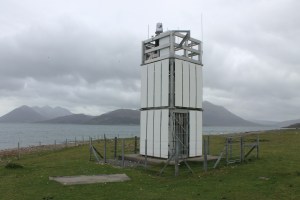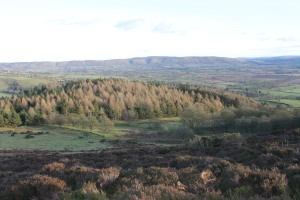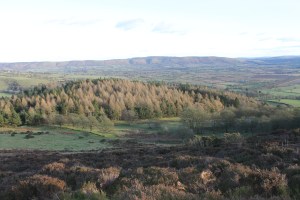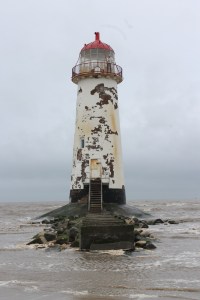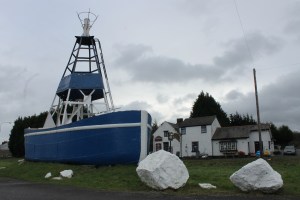This has to go down in the record books as the most delayed blog post I have ever done. It was actually in July last year that we visited the Isles of Scilly, so that gives you an idea of just how behind I am!

We were blessed with some incredible weather during our week-long stay on St Mary’s. The journey there though, for me, wasn’t quite so pleasant. I had heard that the crossing on the Scillonian wasn’t always the most enjoyable of boat trips, but having never experienced seasickness before I thought I might just be ok. I was wrong! The only consolation was that we got some distance views of Longships, Tater Du and Wolf Rock lighthouses from the boat.
It was worth it though. The incredible island-hopping lifestyle in the Scillies is incredible. I think we all fell a little in love with the ease at which you could hop across from one to another of the islands, all of which possess their own unique character.
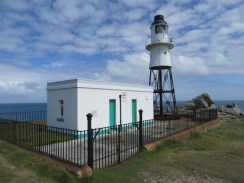
After arriving at our accommodation, the lovely two-bedroom Baker’s Flat above an amazing bakery, we headed out for our first lighthouse visit of the trip. Penninis lighthouse, built in 1911, sits at the most southerly point of St Mary’s. The lighthouse was established to replace the old lighthouse on the neighbouring island of St Agnes. It’s a wonderful walk to get there and the lighthouse sits among some incredible coastal scenery.
On day two we visited Tresco, which itself doesn’t boast a lighthouse, although there were some great views across to Round Island and its lighthouse on the day we were there. While on Tresco we visited the gardens (very expensive admission) and took a walk to the north end of the island. For me Tresco was the island I found least connection with during our visit – and not just because of the prices!
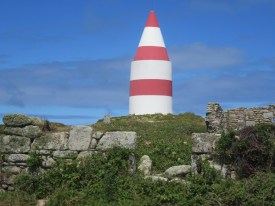
We paid a couple of trips to St Martins during the week, the first visiting the red and white striped daymark at the island’s highest point and the tidal White Island. Again, no lighthouses, but we really enjoyed seeing the wild side of the island and then the more lively side a few days later. During our second visit we very much enjoyed a stop off at the vineyard. The vineyard is a wonderful place and it was great to hear all about how the family-run business started and grew.
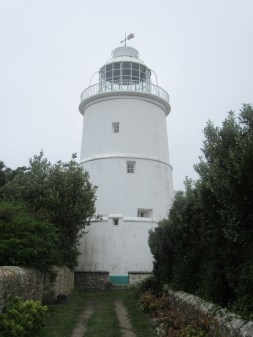
During our trip to St Agnes we wandered across to another tidal island, Gugh, while the tide was low. It’s a fabulous little island and I can certainly see the appeal of living in the only property on the island! There were also some wonderful views across to the lighthouse on St Agnes as well as Bishop Rock lighthouse. The lighthouse on St Agnes is beautiful, although we weren’t able to get too close as it is privately owned. What a home that must make for someone. The lighthouse was built in 1680, but you certainly wouldn’t think it to look at it now. These buildings were made to last!
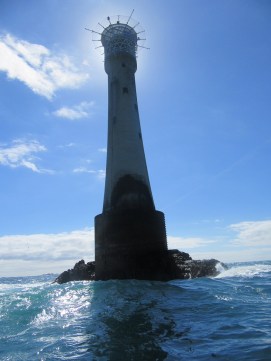
I mentioned Bishop Rock in the last paragraph and, fortunately, we had a very kind boatmen ferrying us around the smaller islands of the Scillies who had agreed to take us out there. It wasn’t the smoothest of rides, although the sea was pretty calm that day. We couldn’t have asked for a better day though with blue skies and bright sunshine, which always make a perfect backdrop for those stunning rock lighthouses. There is something breathtaking about the majesty of these amazing buildings that, against the odds, sit in the middle of the sea with no protection. Bishop Rock is no exception. The structure (the second attempt) dates back to 1858 although reinforcement was added later that century to strengthen it. On the way to the lighthouse we had seen what remains of the old lighthouse builders’ operational base on the nearby island of Rosevear.
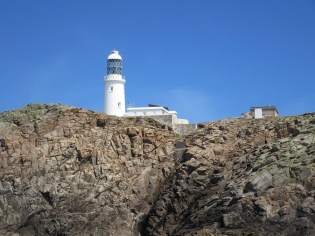
The kind boatman excelled himself again by agreeing to give us a closer view of Round Island and it’s lighthouse – or as close as we could get without landing anyway. We had seen it from a number of different angles on previous days, but it was much better to see it close up. At the time I was sitting in a small boat off the back of the main boat with the wife of another “island-bagger” as we’d got out of the boat on a different island and our legs weren’t quite long enough for us to get back in. It was quite a bumpy ride we had at times! So nice to sit in the sun though and gaze at the lighthouse. Round Island lighthouse was built in 1887 and there is an incredible staircase carved out of the stones leading up to it. It’s marvellous what they managed to achieve using the just the natural rock that was there.
I’d been excited about visiting the two remaining larger islands, Bryher and it’s neighbour Samson, as I’d read Michael Morpurgo’s Why the Whales Came a few years ago and adored the story and previously could only imagine what the location it was set in was like. Although there was a lack of lighthouses on either island, they didn’t disappoint and I was glad to have a bit of an explore around the places mentioned in the book. Bryher is a wonderful island and, if I’m ever lucky enough to return to the Scillies I would love to spend more time there.
Among the other islands we visited during our holiday were St Helen’s, Great Ganilly, Little Ganilly, Gweal, Tean and Great Arthur. Again, each one of these islands had their own personality and because the Isles of Scilly are relatively flat (compared to some of the islands we’ve visited) most were quite easy to access.
I came away from the Isles of Scilly a lot less seasick than on the way out, but also with a sense of excitement that – one day – I might get to go back again. It is by no means a cheap holiday, but not one to be missed if you can afford it. Even for a non lighthouse-bagger it would be a fantastic holiday! 🙂







